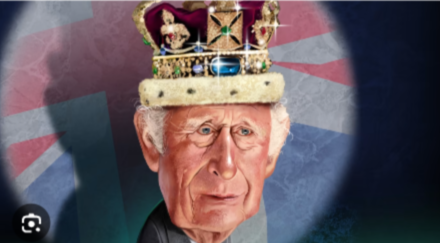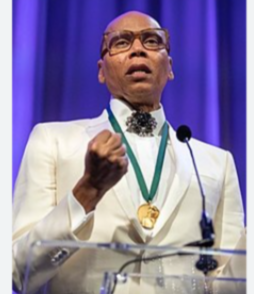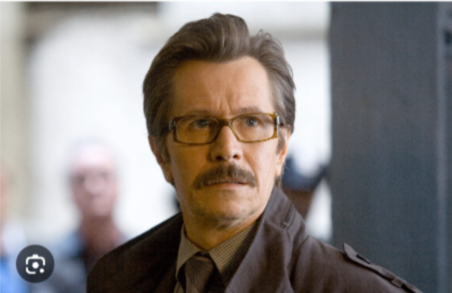King Charles’ Cancer Battle: The Journey to Recovery and His Resilient Public Presence
In February, Buckingham Palace revealed shocking news that King Charles III had been diagnosed with cancer, a revelation that saw the 75-year-old monarch step back from public duties to undergo treatment. Six months later, the King is reportedly fit enough to embark on a royal tour to Australia and Samoa this autumn, demonstrating a remarkable recovery.
The Palace has maintained a stance of limited updates on the King’s health, reserving public statements for major developments. Insiders indicate that, while he has faced both good and bad days, the monarch has approached his diagnosis and treatment with resilience. Throughout this challenging period, King Charles has had to adapt to new routines, including increased rest and living in a protective environment to minimize infection risks.
One notable change has been the King’s reduced interactions with family members, including his son, Prince Harry. The monarch’s time with Harry has been limited to brief meetings, with sources suggesting a 30-minute encounter between the two, likely due to the need to safeguard his health.
Despite undergoing treatment, King Charles has maintained a composed public image, displaying little outward sign of his struggles. Questions have emerged about the nature of his treatment, particularly why he has not lost his hair and which type of cancer he is fighting. However, these details remain closely guarded by the Palace, with insiders offering only glimpses into his journey.
As King Charles prepares to resume his duties with the upcoming royal tour, his determination to “keep calm and carry on” has drawn comparisons to the stoic resilience of his late mother, Queen Elizabeth II. The King’s ability to navigate this private battle while continuing to fulfill his role as the nation’s figurehead highlights his unwavering commitment to the Crown, even in the face of significant personal challenges.



